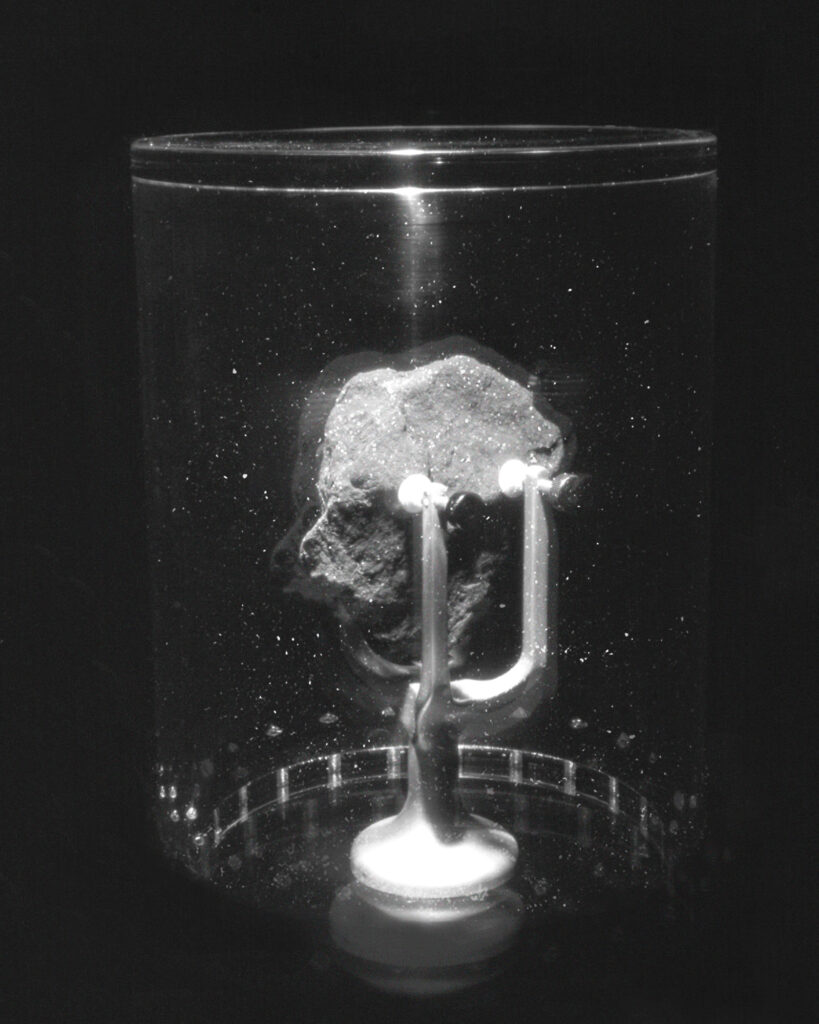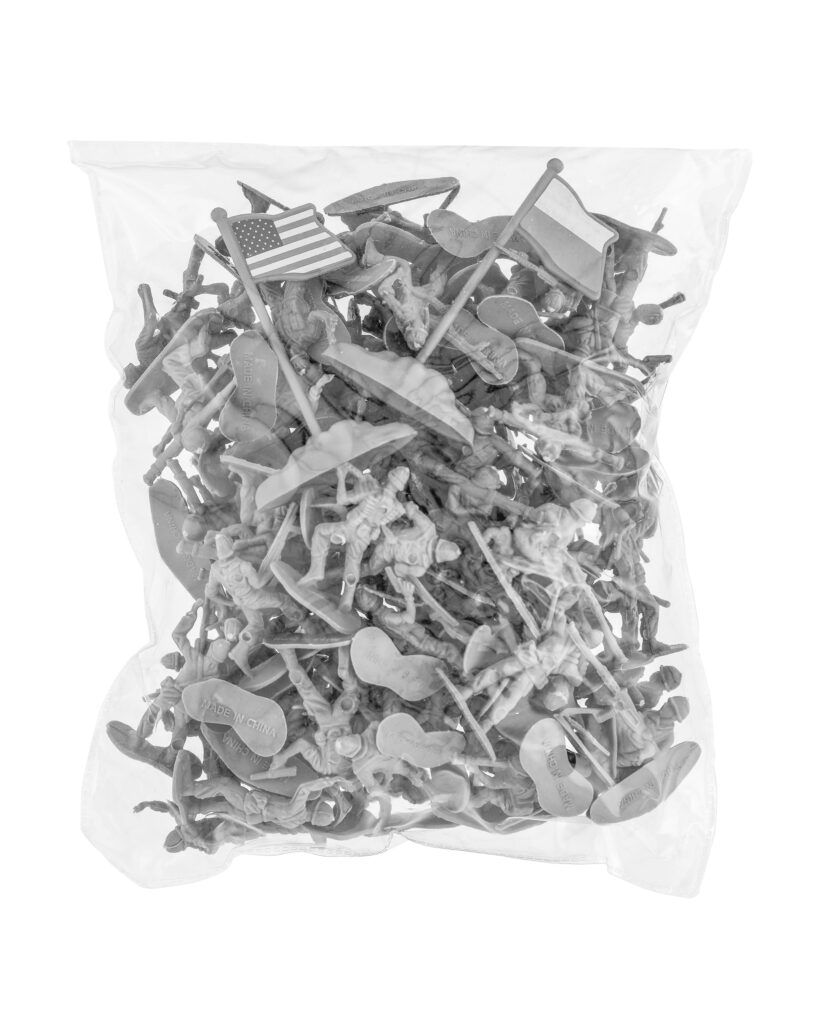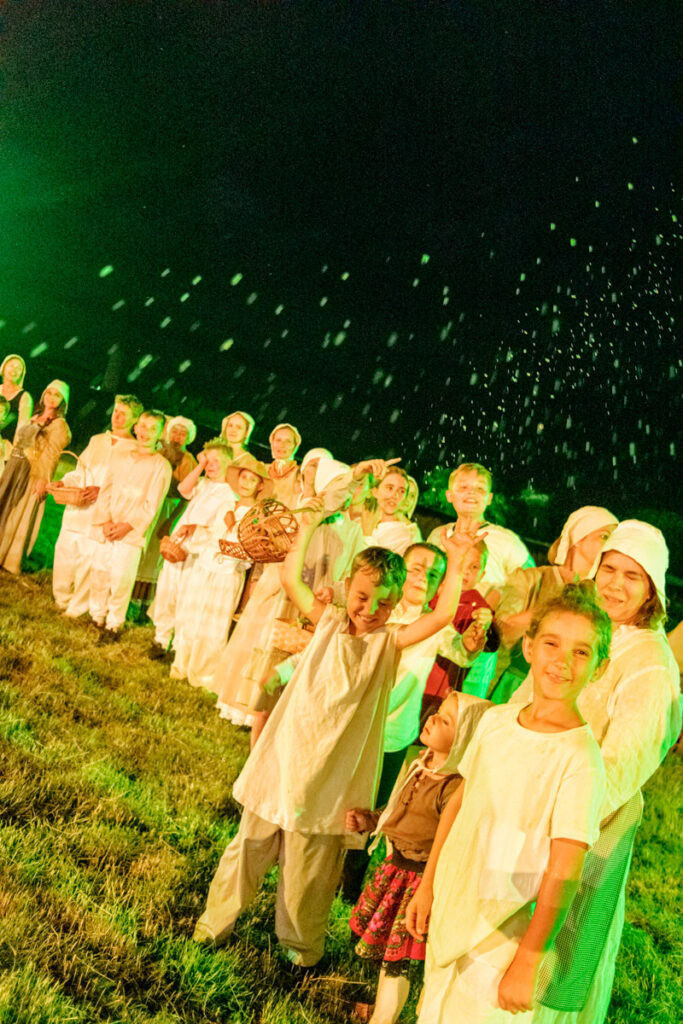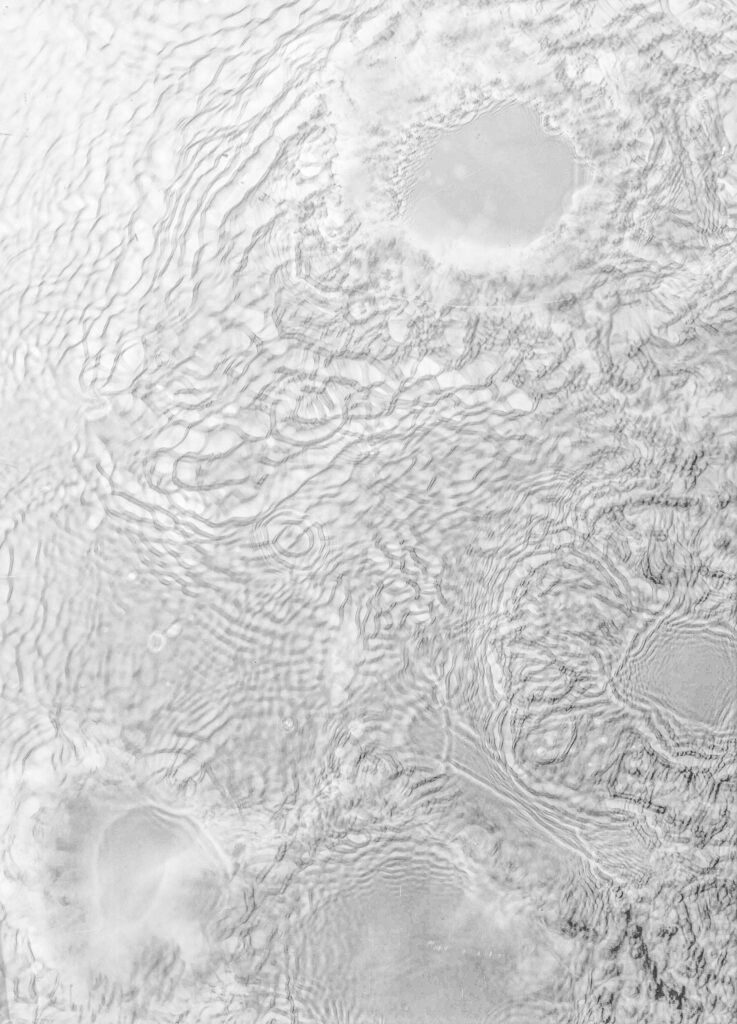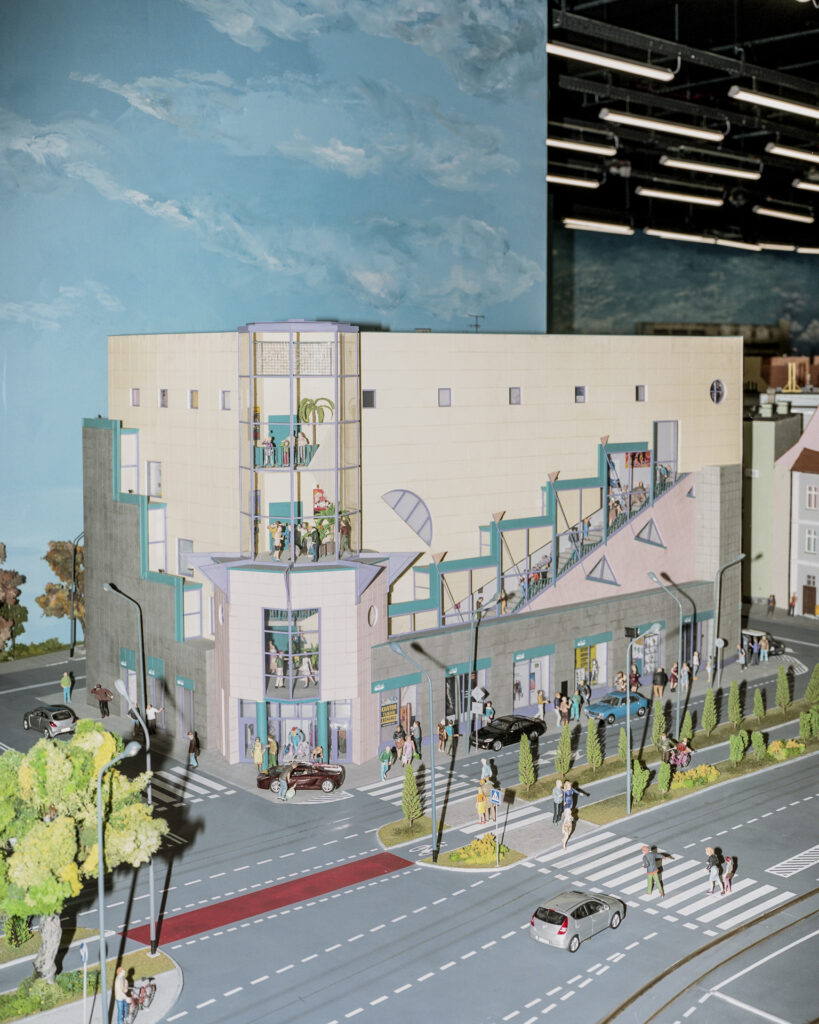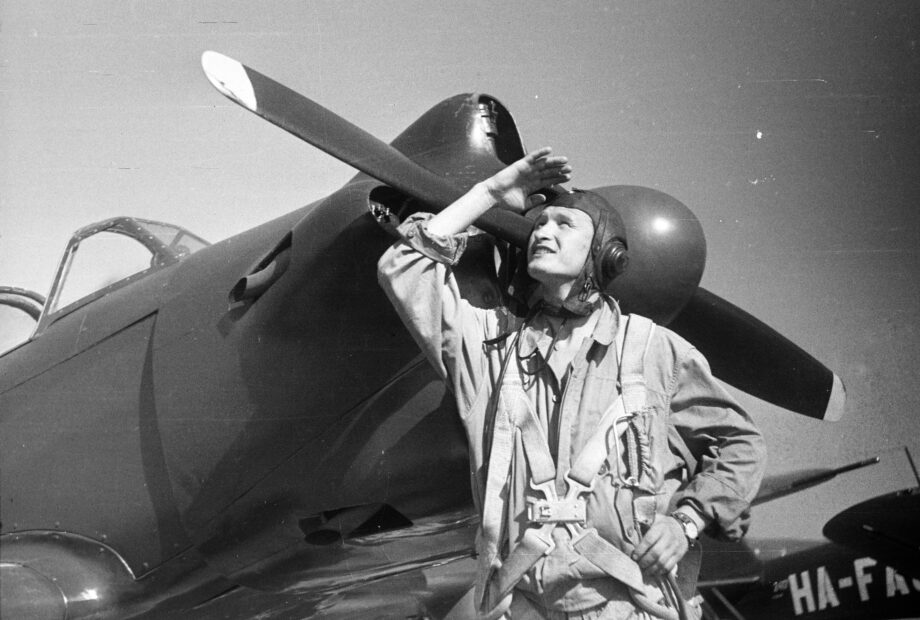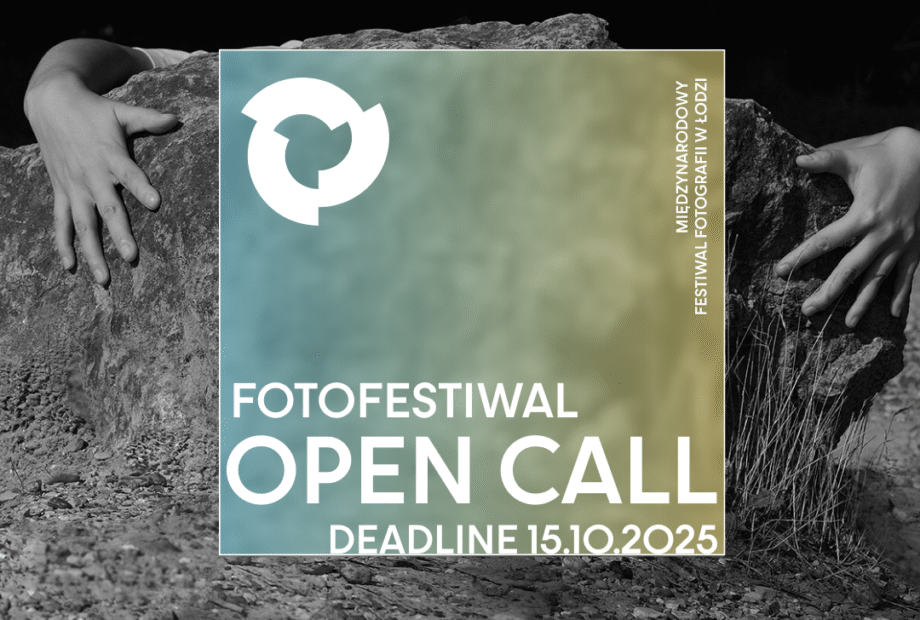FUTURES TALENTS 2025
Here are the five artists invited by Fotofestiwal to collaborate on the international promotion and development of their careers under the Futures Platform.
>> Emilia Martin (PL/NL)
>> Karol Szymkowiak (PL)
>> Michał Sita (PL)
>> Paulina Mirowska (PL)
>> Paweł Starzec (PL)
Including in this partnership is a slideshow at Fotofestiwal 2025, followed by several other events such as meetings, workshops, exhibitions and publications co-created by eighteen European galleries, photography festivals, museums and european media affiliated with the Futures Platform.
Read more about the Futures Platform and the talents selected by other partners ➔ futures-photography.com
FUTURES TALENTS FOTOFESTIWAL ’25 GET TO KNOW THEM
EMILIA MARTIN
Influenced by a childhood spent between the raw, rural landscapes of eastern Poland and the heavily industrialised Silesia region, Emilia Martin’s work is often expressed through myths, tales and narratives, which are effective tools for revisiting the past and weaving new, liveable futures. This is what led Emilia to start in-depth research on meteorites, bringing to life the unknown stories – once discarded by science – of these cosmic rocks. In I saw a tree bearing stones in the place of apples and pears, Emilia Martin preserves the truths that these myths convey in their own revolutionary way.
Emilia’s work has been recently awarded with the 2024 Dior x Luma Prize and was also featured in Fish Eye magazine, Der Greif, PHMuseum, among others.
KAROL SZYMKOWIAK
A self-taught photographer, Karol Szymkowiak is fascinated with finding surrealism when capturing reality through photography. Moving between documentary photography, archives and photo collages, his work revolves around the themes of environmental issues, military and civil defence, as well as physical and mental immobilisation.
This is evident in his latest work, 0169-8629 5223-01750, a reflection on the situation of Powidzkie Lake and the neighboring largest Polish military airport, where a major American military base is being expanded. The expansion not only leads to deforestation and affects the landscape of the region, but also defines the area as a strategic target for potential attacks in the event of war.
A member of the ZPAF (Association of Polish Art Photographers), Karol is also the curator of The Września Collection, a long-term photography documentary project, and a lecturer in photography at the Institute of Art of the Polish Academy of Sciences in Warsaw. He is a recipient of a cultural scholarship from the Marshal of the Wielkopolska Region. As a photographer, he has participated in several group exhibitions.
MICHAŁ SITA
Blending photography and anthropology, Michał Sita’s practice, inspired mainly by the way we collectively imagine and make use of the past, is an investigation into people, places, and architecture.
This is evidenced in the Củ Chi Tunnels Restoration Report (Photographic Publication of the Year 2020 – Łódź, PL), which focuses on the activities of the Polish-Vietnamese heritage conservation mission, as well as in the long-term project History of Poland (vol. 1 and 2), which documents historical open-air performances staged by volunteers and amateurs to mark Polish historical events.
Michał is an author of several books and has vast experience as a writer of critical texts on photography. He is also the curator of an interdisciplinary analysis of Wiesław Rakowski’s interwar zoological photographs, as well as of a series of other exhibitions and photo book festivals.
PAULINA MIROWSKA
Self-introduced as a visual artist, burned-out climate activist and educator, Paulina Mirowska is interested in grassroots practices of self-organisation and resistance. By employing various strategies – visual art, academic research, and her own activist experience – she aims to transcend, deconstruct and rethink the very westernised binaries of ‘culture versus nature’ and ‘art versus science’.
Even if the starting points are abstract ideas, the artist remains close to material reality, focusing on the ways of understanding (and feeling) how parts of the ecosystem live and die and how they affect each other. One example of that is her latest project Trophia, which explores the origins of life on Earth, when the first photosynthesis was born in the oceans, allowing life to thrive.
Paulina has four publications, as well as solo and group exhibitions, including at Galeria Arsenal in Białystok and Zachęta Project Room in Warsaw.
PAWEŁ STARZEC
Documentary photographer, sociologist and academic teacher, Paweł Starzec is mainly interested in long-term research-based projects focused on the aftermath of various events on territories, and their consequent transformations.
Ongoing since 2013, his latest project titled Anew documents the transformation of Lower Silesia from 1945 until 1997 and beyond – covering industrialisation, the collapse of industry, and the resulting economic and social changes that led to one of the country’s greatest economic stratifications. It also explores the region’s many legacies, ranging from the alternative cultural scene dating back to the 1960s, or the Lviv roots of the multicultural region’s capital, to the growing communities of migrants from the East, the huge communitarian effort to combat the great flood of 1997, or the emergence of religious and social movements hidden in the mountains. Is the identity of Lower Silesia a sum of these stories? What do they translate into?
In addition to numerous publications and awards, including the PixHouse Talent of the Year Scholar Award, the 2024 Artistic Scholarship of the Mayor of Wrocław, and the Urbanautica Institute Award, Paweł is a recipient of the Young Poland 2024 scholarship from the Ministry of Culture. He is also a co-founder of Azimuth Press art/education collective and the Archive of Public Protest platform. He currently teaches at the Faculty of Design at SWPS University in Warsaw.
Futures Platform is supported by UE in the frame of Creative Europe Program.







